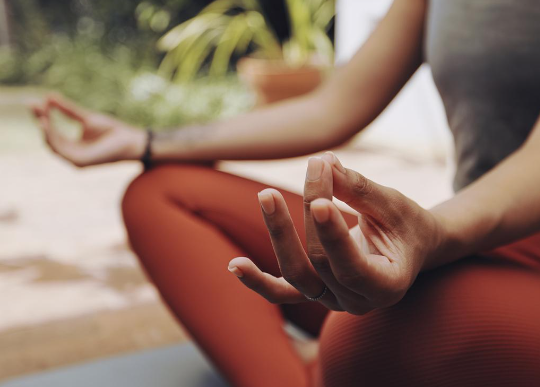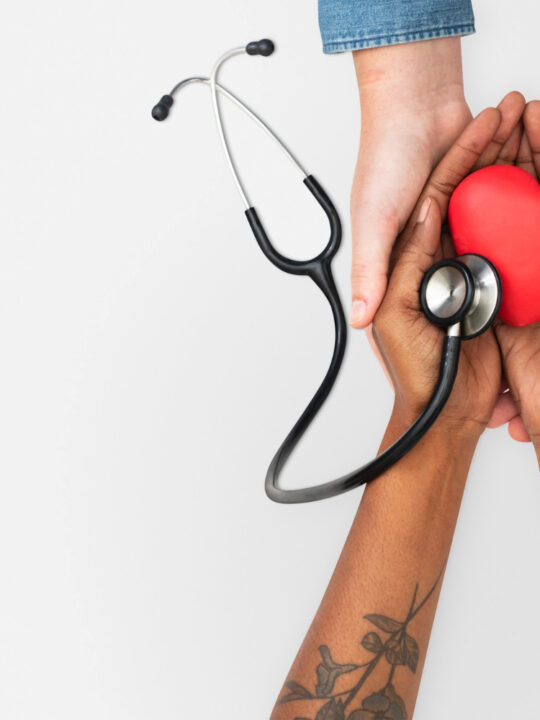 Last weekend we saw the latest in a long-line of British cycling professionals claim victory on the international stage, as Tao Geoghegan Hart claimed the Giro d’Italia in style and paving the way for the new generation of young British professionals. Despite many sports betting sites expecting fellow Brit Simon Yates to win it ahead of Hart.
Last weekend we saw the latest in a long-line of British cycling professionals claim victory on the international stage, as Tao Geoghegan Hart claimed the Giro d’Italia in style and paving the way for the new generation of young British professionals. Despite many sports betting sites expecting fellow Brit Simon Yates to win it ahead of Hart.
We saw another youngster in the form of 22-year old Tadej Pogacar take the yellow jersey of the Tour de France this fall. But, what fuels these athletes to maintain such high levels of performance on the world stage?
We all know that it’s vital for long-term endurance athletes to fuel their bodies before and during the workout ahead. Cycling is a high-endurance sport and requires a great deal of calories in order to keep moving. For those that are unfamiliar with “the bonk,” this is something riders experience if their energy stores become depleted – a very painful and dangerous experience! As such, cyclists will ride with a variety of different energy foods, bars and gels to keep them topped up during their ride.
It’s important to begin the day of the ride with a quality balanced meal, providing the body with a range of energy-boosting foods. Things like oats, fresh fruits (such as dates and berries), milk and peanut butter are great energy foods. Cyclists should be aiming to eat every 45mins to keep their energy levels high, which means riders must take some portable fuel. What will keep you pedalling for hours and avoid the crash? Here are some great energy rich foods for before and during your ride.
-
Table of Contents
Bananas
High in carbohydrates (25-30g), easy to digest and relatively easily to carry on a ride. They are very much nature’s own energy bars, handily wrapped in environmentally friendly packaging! Bananas are high in potassium and are great for replacing electrolytes lost through sweat, supplying energy to all the muscles under strain during a cycle.
Bananas are great for long rides, especially if you eat riper bananas, as they’ll release energy steadily over time. Bananas can be eaten before, during or after your ride, making them one of the best cycling foods around.
-
Beetroot
There have been studies that have found beetroot juice to have significant effects on cyclists, improving blood flow, increasing muscle efficiency and extending riders’ overall endurance. A very impressive root vegetable, standing above all others in terms of high-energy cycling foods.
Drink beetroot juice, or simply add it to a salad or other foodtype to ensure you get your daily dose. It’s an extremely diverse vegetable. There are a variety of other health benefits to consuming beetroot, not just the performance based benefits we have covered here.
-
Dates
Dates are highly nutritious and offer really high sugar levels – much like drinking an energy gel whilst riding. They are exceptionally sweet, as they are made up almost entirely of sugar and provide the carbohydrates we need for cycling. But unlike the ultra-high sugar and caffeine-filled gels available to riders, dates offer great nutritional benefits too.
Dates are comprised of glucose, fructose, as well as traces of maltose and sucrose, which provide a quick burst of energy and a slow release over time. With just one or two dates, riders’ are able to keep their energy levels more or less constant for a prolonged period of time. Dates are an anomaly. They are an essential for serious riders looking for natural sources of energy.
-
Nuts and Seeds
Often overlooked, nuts and seeds offer protein, fibers, magnesium and many nutrients. Many top-tier athletes are consuming large amounts of nuts and berries, such as flax and chia seeds, as well as whole grains such as quinoa. Nuts like almonds and pistachios have been found to be great little energy boosters, as they’re rich in protein, vitamins and antioxidants.
It’s easy to add seeds and nuts to dishes, cereals or salads, making them a great little addition to an already stable, high-energy diet. It’s important to recognise that nuts and seeds are great health-enhancing sources of energy, they don’t provide sufficient substance to be the only thing cyclists eat. Often the way these foodstuffs are promoted and mainstreamed, causes people to become confused about the true nutritional value of them.







